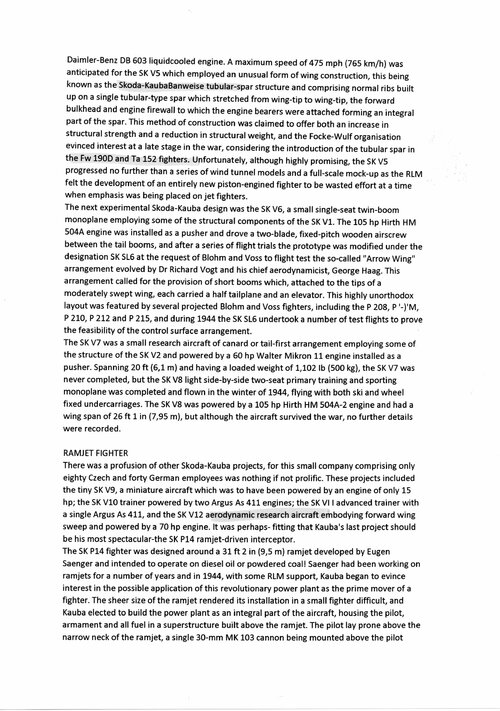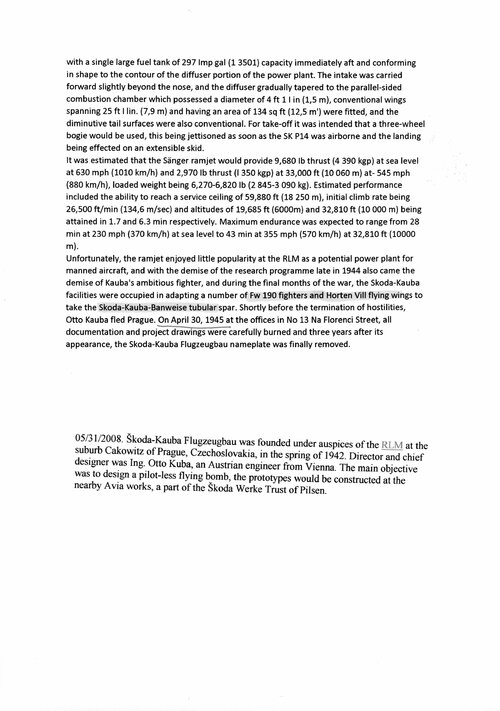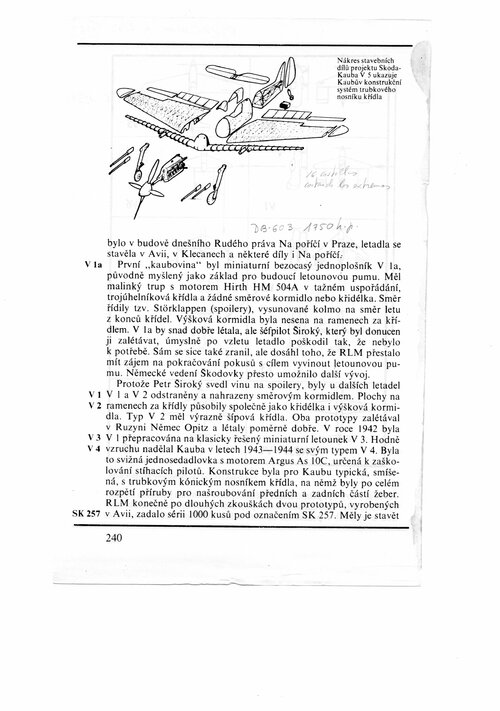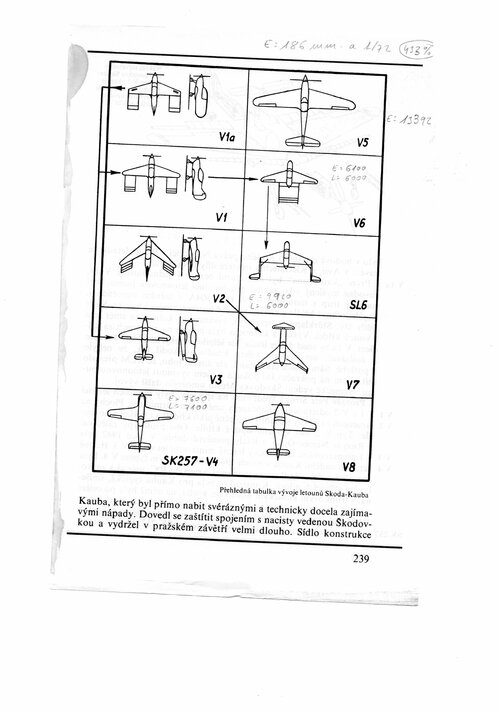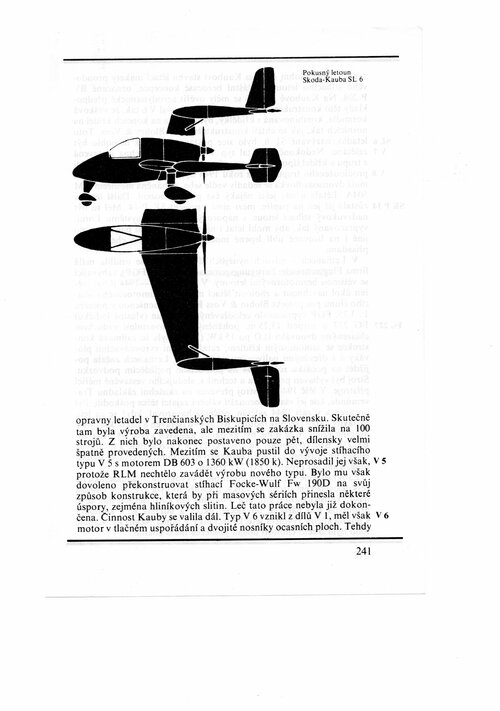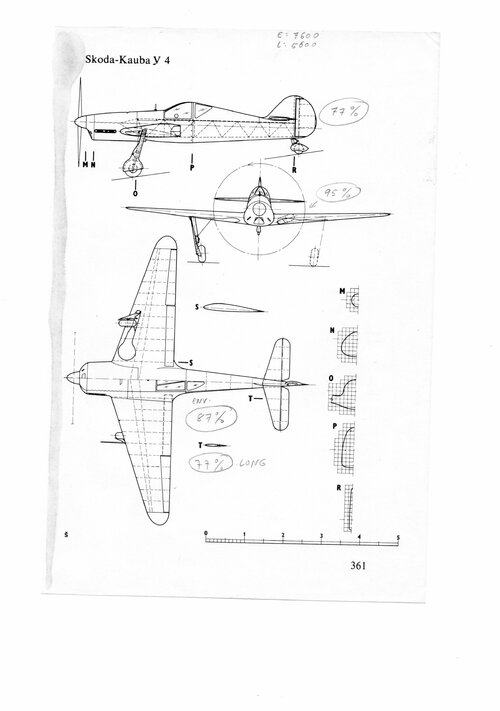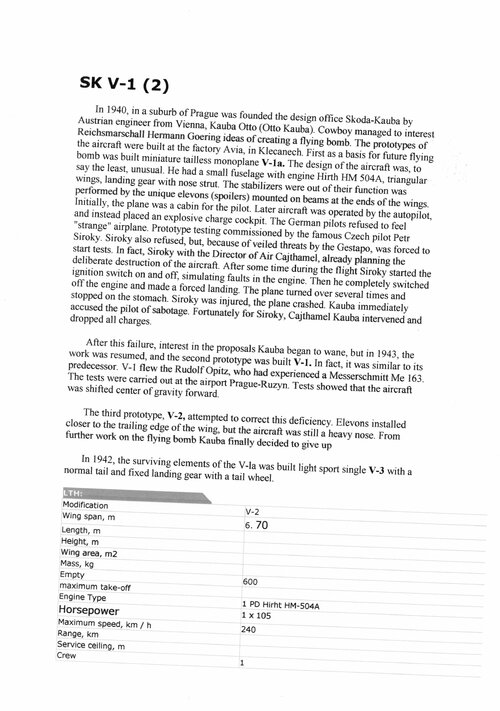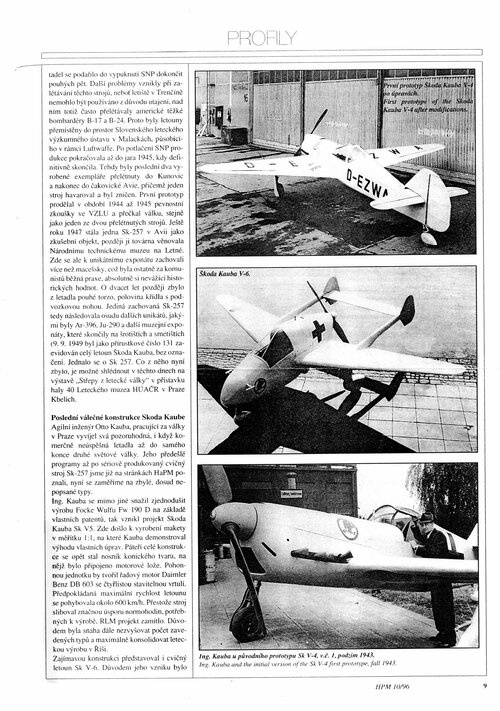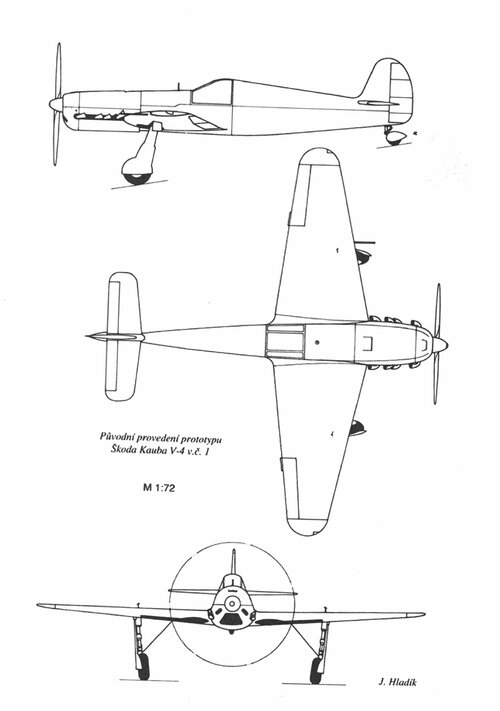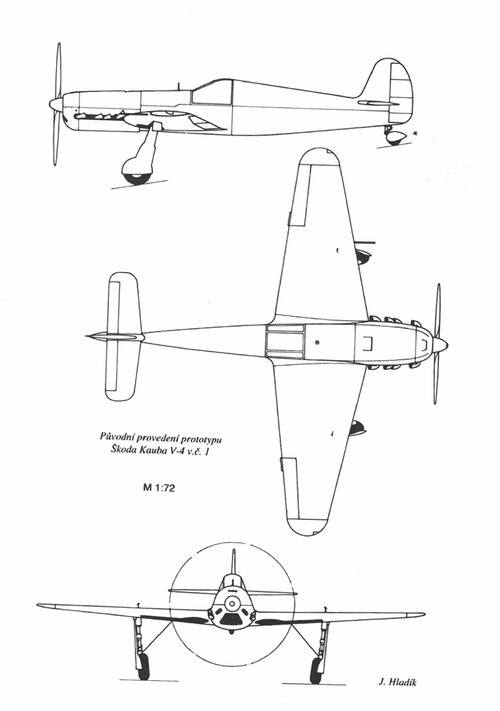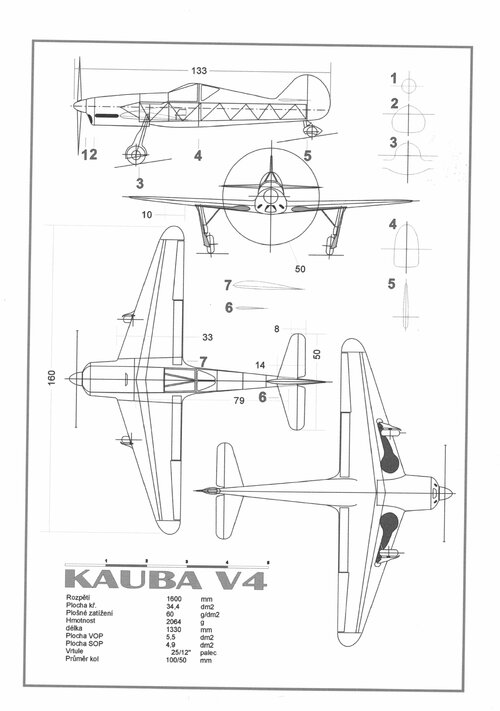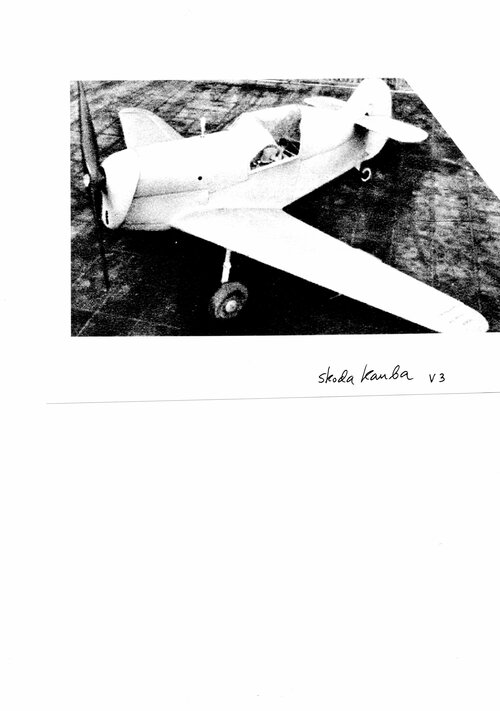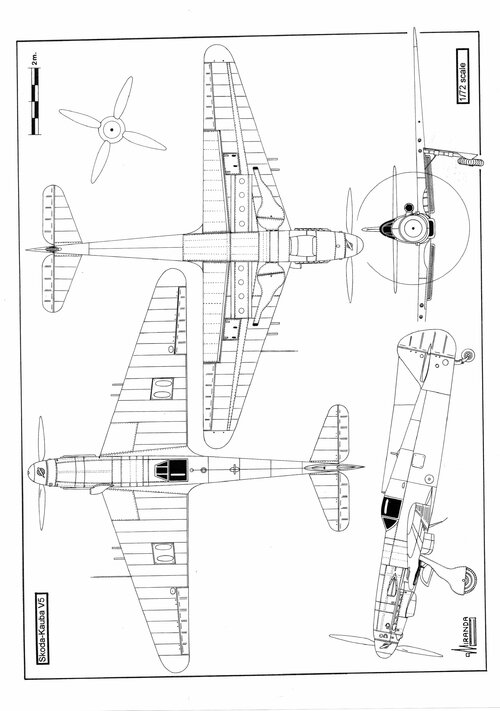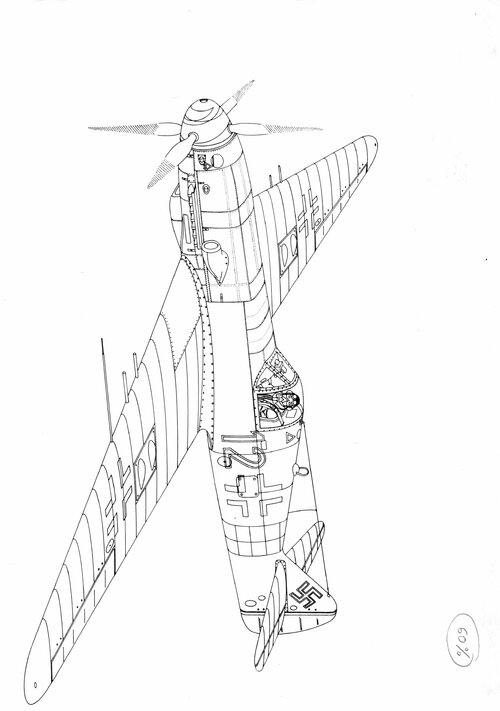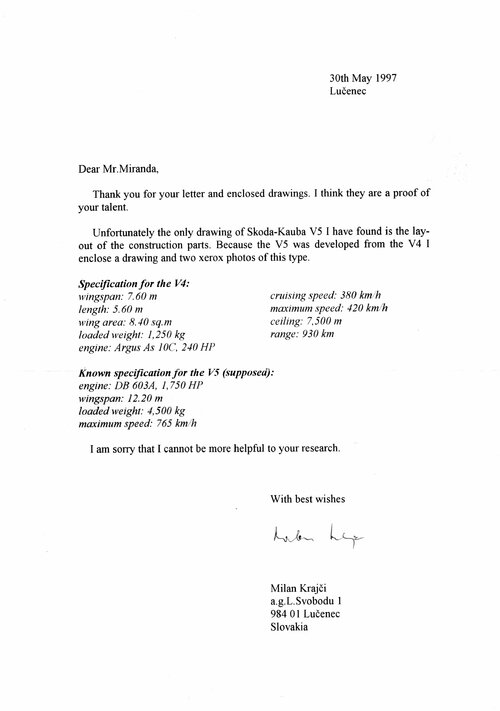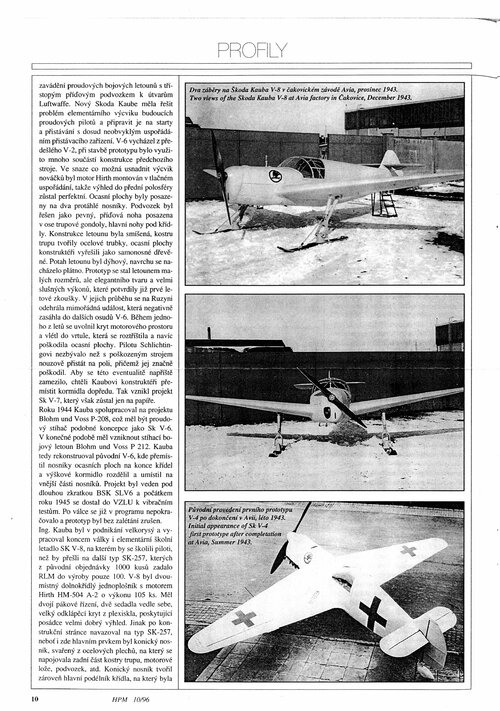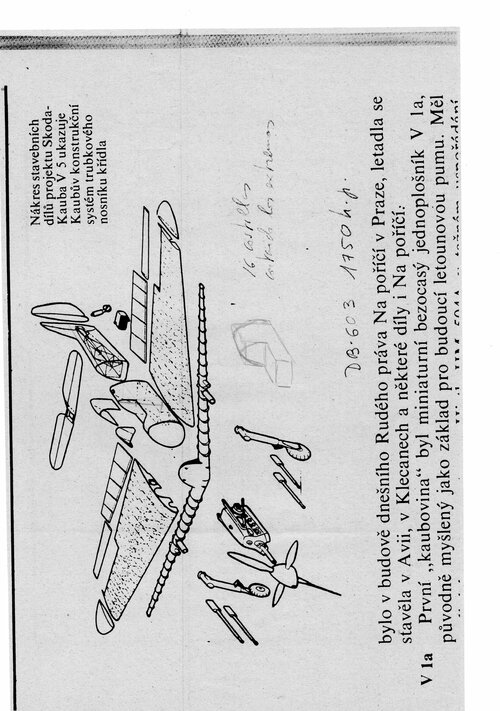You are using an out of date browser. It may not display this or other websites correctly.
You should upgrade or use an alternative browser.
You should upgrade or use an alternative browser.
Skoda-Kauba Aircraft & Projects
- Thread starter hesham
- Start date
I am greatly puzzled by the number of small and apparently lightweight designs presented. Aside from the ramjet fighter and another substantial looking design, it is a mystery as to the function of most of these aircraft. I also find the Czech language very complicated. I can read Russian once the Cyrillic characters are translated to Latin. I would like to remind everyone about the Protectorates, Bohemia and Moravia. Here is a book that covers events there near the end of the war.
A description in English using Google translate:
In past decades, they were published in low-cost or defunct periodicals, or have not yet been published at all. It does not lack the air force of the key protagonists of the air war in our country in the last year of the war: German, American, British and Soviet. Another criterion is the "genre" variety: bombing attacks, deep air raids on airports, "boiler" attacks on railways and, of course, air matches on both the Western and Eastern fronts - day and night. All of this seen primarily through the lens of the pilots themselves, no matter what the markings of their machines were. But not only them. Also those below - German staff officers, occupation authorities and protectorate gendarmes. But also Czech civilians, looking for salvation from the bombs in shelters, from the bullets of boilermakers in the nearest trench, or just observing the battles and events in the sky in amazement. Some other lesser-known aspects and episodes, which co-created the backdrop of the end of the air war on our territory, also found their place here. "If it weren't for Jiří Rajlich, we would know absolutely nothing about the air war over Bohemia and Moravia... he was the first to open the door to this hitherto unexplored topic... he was the first to start serious historical research on air warfare." Years-old statement from the website, dedicated to the air war over Czechoslovakia, still has its validity and due weight.
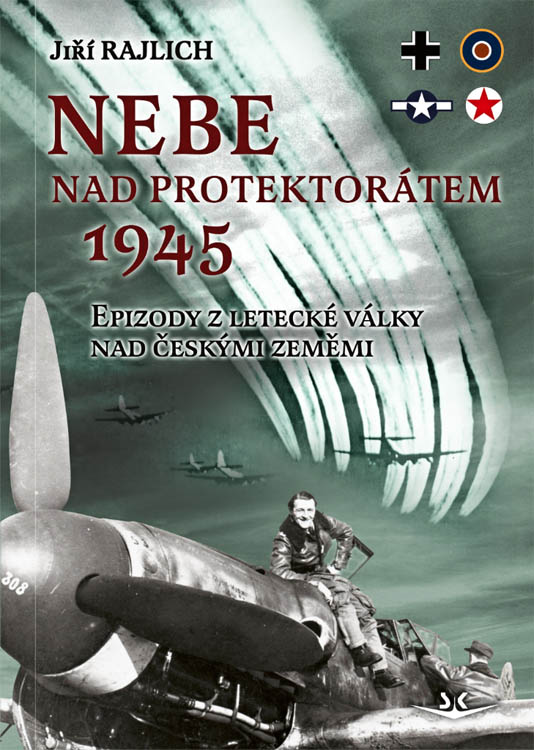
 www.press.sk
www.press.sk
Nebe nad protektorátem 1945 - Epizody z letecké války nad českými zeměmi
A description in English using Google translate:
In past decades, they were published in low-cost or defunct periodicals, or have not yet been published at all. It does not lack the air force of the key protagonists of the air war in our country in the last year of the war: German, American, British and Soviet. Another criterion is the "genre" variety: bombing attacks, deep air raids on airports, "boiler" attacks on railways and, of course, air matches on both the Western and Eastern fronts - day and night. All of this seen primarily through the lens of the pilots themselves, no matter what the markings of their machines were. But not only them. Also those below - German staff officers, occupation authorities and protectorate gendarmes. But also Czech civilians, looking for salvation from the bombs in shelters, from the bullets of boilermakers in the nearest trench, or just observing the battles and events in the sky in amazement. Some other lesser-known aspects and episodes, which co-created the backdrop of the end of the air war on our territory, also found their place here. "If it weren't for Jiří Rajlich, we would know absolutely nothing about the air war over Bohemia and Moravia... he was the first to open the door to this hitherto unexplored topic... he was the first to start serious historical research on air warfare." Years-old statement from the website, dedicated to the air war over Czechoslovakia, still has its validity and due weight.

Nebe nad protektorátem 1945 - Epizody z letecké války nad českými zeměmi - PRESS.SK
Spoločnosť Magnet Press Slovakia už dvadsaťdeväť rokov pôsobí na českom a slovenskom časopiseckom a knižnom trhu. Ponúkame knihy a časopisy z oblasti military, letectva, histórie, modelárstva, poľovníctva, rybárstva, kynológie, IT, gastronómie, módy, ako aj detské časopisy a knihy.
Anther book that may contain additional information:
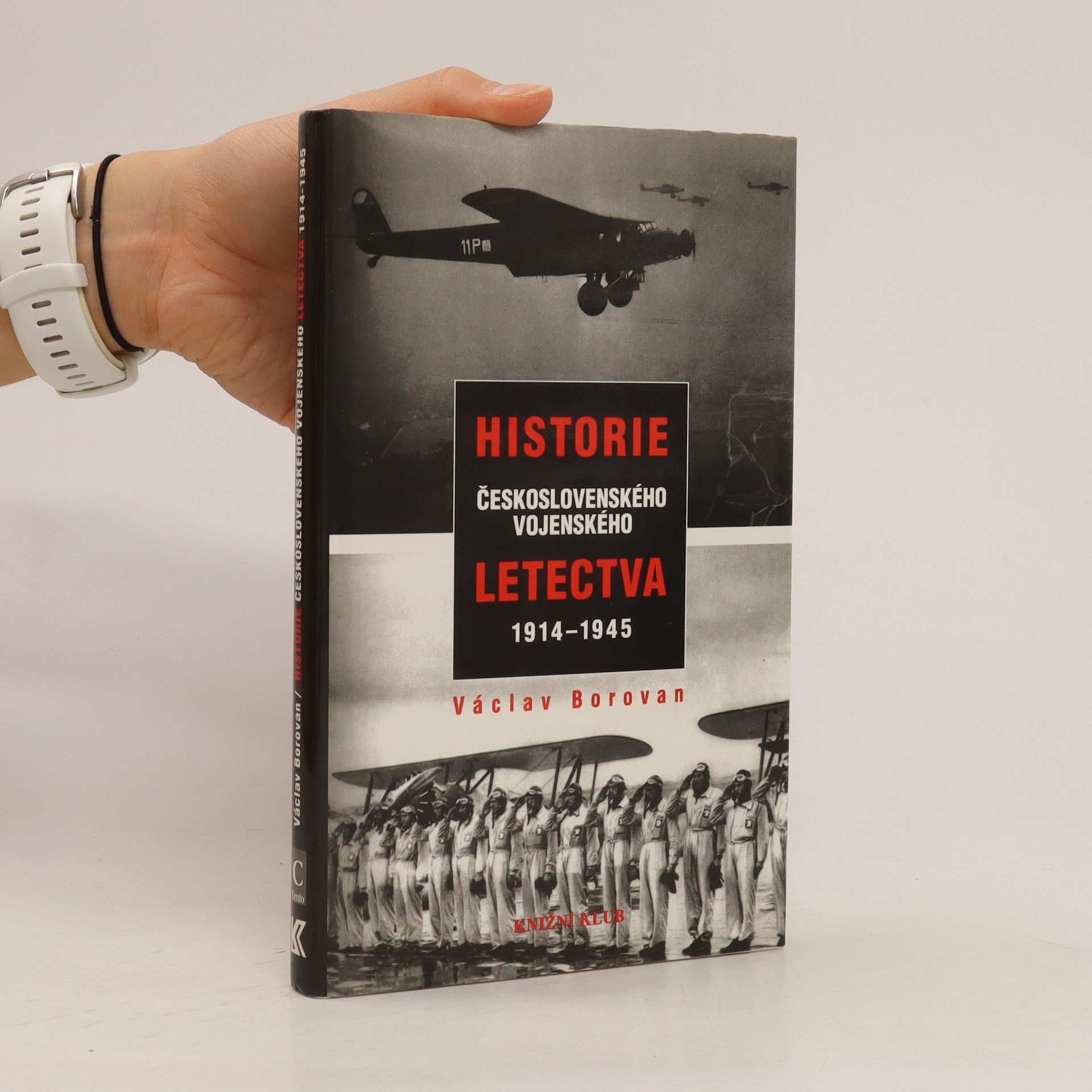
 knihobot.sk
knihobot.sk

Historie československého vojenského letectva 1914-1945 - Václav Borovan
Kniha Historie československého vojenského letectva 1914-1945, 1998 z druhé ruky. Vyzvednete v Praze, nebo odešleme k Vám domů.
In February 1942, under auspices of Hermann Göring, the Skoda-Kauba Flugzeugbau research center was founded with the objective to design a pilot-less flying bomb. Under the leadership of Dipl. Ing. Otto Kauba, the Skoda-Kauba Flugzeugbau Entwicklung secret design team was formed at Prague-Cakowitz, with prototype workmanship facilities at Avia-Cakowitz and Avia-Klecany Werke.I am greatly puzzled by the number of small and apparently lightweight designs presented. Aside from the ramjet fighter and another substantial looking design, it is a mystery as to the function of most of these aircraft. I also find the Czech language very complicated. I can read Russian once the Cyrillic characters are translated to Latin. I would like to remind everyone about the Protectorates, Bohemia and Moravia. Here is a book that covers events there near the end of the war.
Nebe nad protektorátem 1945 - Epizody z letecké války nad českými zeměmi
A description in English using Google translate:
In past decades, they were published in low-cost or defunct periodicals, or have not yet been published at all. It does not lack the air force of the key protagonists of the air war in our country in the last year of the war: German, American, British and Soviet. Another criterion is the "genre" variety: bombing attacks, deep air raids on airports, "boiler" attacks on railways and, of course, air matches on both the Western and Eastern fronts - day and night. All of this seen primarily through the lens of the pilots themselves, no matter what the markings of their machines were. But not only them. Also those below - German staff officers, occupation authorities and protectorate gendarmes. But also Czech civilians, looking for salvation from the bombs in shelters, from the bullets of boilermakers in the nearest trench, or just observing the battles and events in the sky in amazement. Some other lesser-known aspects and episodes, which co-created the backdrop of the end of the air war on our territory, also found their place here. "If it weren't for Jiří Rajlich, we would know absolutely nothing about the air war over Bohemia and Moravia... he was the first to open the door to this hitherto unexplored topic... he was the first to start serious historical research on air warfare." Years-old statement from the website, dedicated to the air war over Czechoslovakia, still has its validity and due weight.

Nebe nad protektorátem 1945 - Epizody z letecké války nad českými zeměmi - PRESS.SK
Spoločnosť Magnet Press Slovakia už dvadsaťdeväť rokov pôsobí na českom a slovenskom časopiseckom a knižnom trhu. Ponúkame knihy a časopisy z oblasti military, letectva, histórie, modelárstva, poľovníctva, rybárstva, kynológie, IT, gastronómie, módy, ako aj detské časopisy a knihy.www.press.sk
When the flying bomb project was dropped in June 1942 in favor of the Fieseler Fi.103 (V-1) cruise missile, the design team focused in experimenting with unusual configuration airframes.
The SK V2 prototype, with rear swept wings, was flight tested in June 1943 at Prague-Ruzyn airfield, the SK SL-6 was a ‘bat-wing’ flying mock-up of the radical Blohm und Voss P.208.02 jet fighter project, the SK V7 was a canard swept wing aerodynamic research prototype, the SK V12 was a light plane project with forward swept wings and the SK P.14 an interceptor project powered by one Flugtechnische Fertigungsgemeinschaft Prag (FGP) ramjet engine.
Early 1943 the Kauba team obtained its first practical result with the unusual Banweise wing construction system, of the SK V4 prototype, using a conical steel single spar, made at Podbrezova Werke. So successful were flying trials with the V4 that the RLM awarded a contract for 1,000 units of the SK 257 trainer.
By spring 1944, the Skoda Werke workforce consisted of 120 technical personnel headed by the engineers Eduard Lehmayer, Kurt Haas, and Frantisek Kadlec, three workshops, one aerodynamic test site and flying test facilities at the VZLU administrative center in Prague.
End of 1944 Kauba had obtained contract for the transformation of the Fw 190 D and the Fw Ta 152 fighters with new laminar profile wings.
On April 30, 1945 all prototypes, scale models and documents were destroyed by the SS Special Evacuation Kommando.
Similar threads
-
-
-
Robert Retz Light Airplanes and Projects
- Started by hesham
- Replies: 7
-
St. Louis Aircraft Prototypes and Projects
- Started by hesham
- Replies: 10
-

